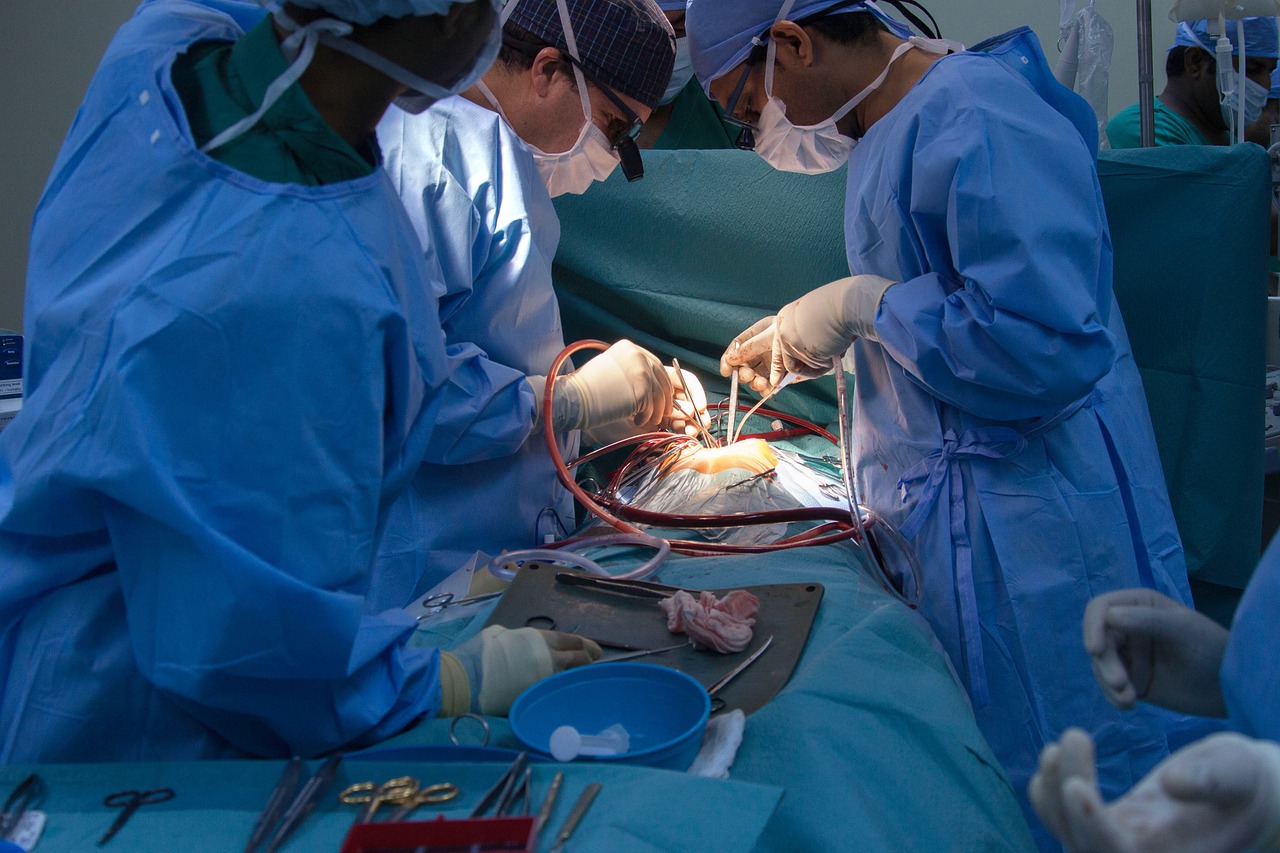Gallbladder & Bile Duct Operations
Gallstones that form in the gallbladder are the most common cause for blocked bile ducts. Additionally, bile duct stones can develop anywhere in the biliary tract where there is bile: within the liver, gallbladder and common bile duct. Gallstones and bile duct stones are usually comprised of cholesterol or bile salts – common components of bile – that have hardened into a stone.

Types
Different Types Of Operations
01.
Biliary Strictures
Biliary strictures, also known as bile duct strictures, occur when the bile duct gets smaller or narrower. The bile duct is the tube that takes bile from the liver to the small bowel. Bile is a substance that helps in digestion of fatty food and excreting (getting rid of) harmful substances.
02.
Biliary Fistulas
A biliary fistula is a type of fistula in which bile flows along an abnormal connection from the bile ducts into nearby hollow structure. Types of biliary fistula include: abnormal connection to the small bowel, usually duodenum or external biliary fistula (Communication to skin).
03.
Biliary Cysts / Choledochal Cysts
Biliary Cysts (BC) are rare dilatations of different parts of a biliary tract. They account for approximately 1% of all benign diseases. BC occur the most frequently in Asian and female populations.
04.
Gallbladder Tumors
The gallbladder’s size and location make it easier for the cancer to grow undetected. There may be no symptoms. If symptoms occur, they may include abdominal pain, bloating, fever or obstructive jaundice. Surgery for such cancers are major surgeries involving simultaneous liver resection.
05.
Cholangiocarcinomas
Cholangiocarcinomas, also known as bile duct cancer, is a type of cancer that forms in the bile ducts. Symptoms of Cholangiocarcinomas may include abdominal pain, yellowish skin, weight loss, generalized itching, and fever. Light colored stool or dark urine may also occur.
